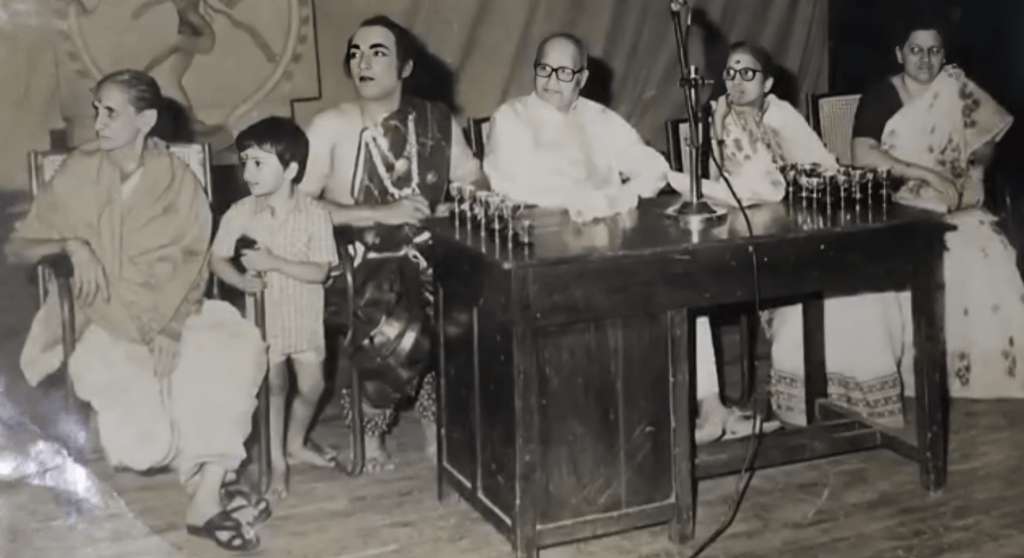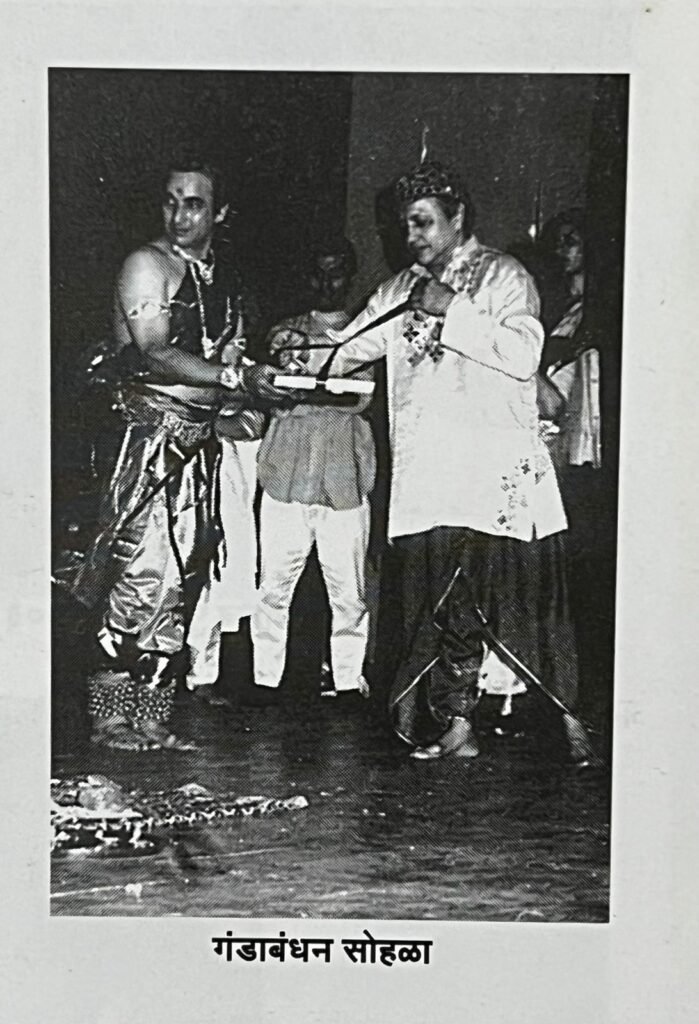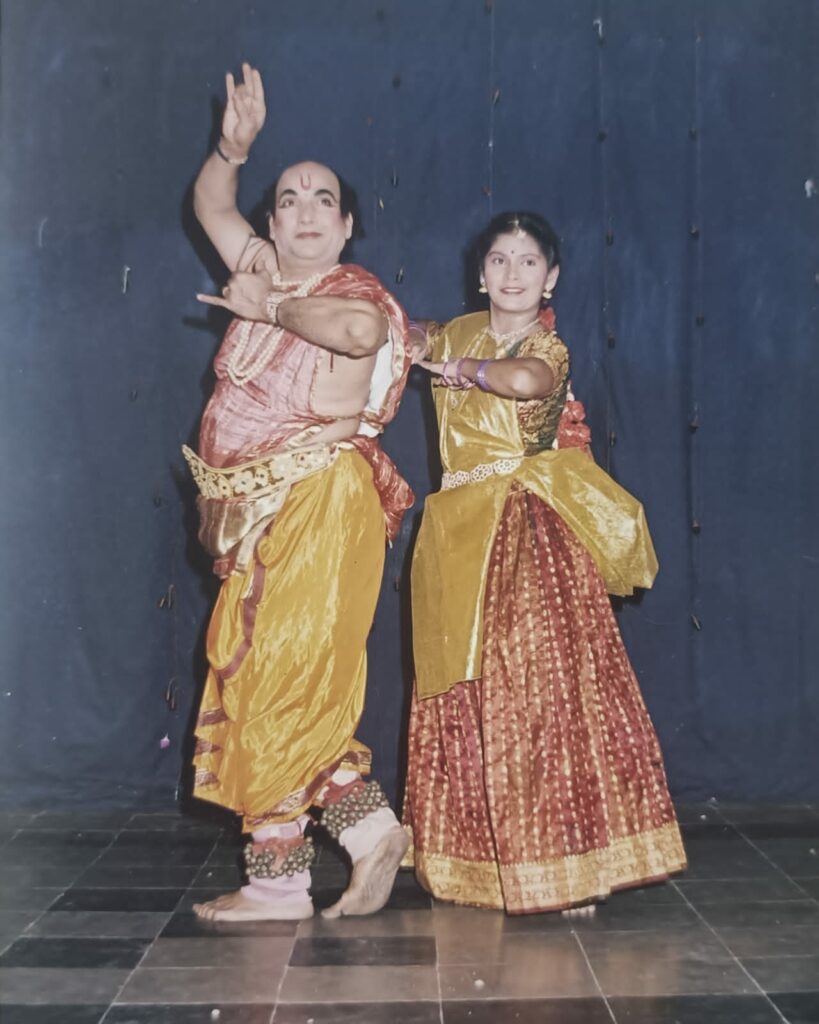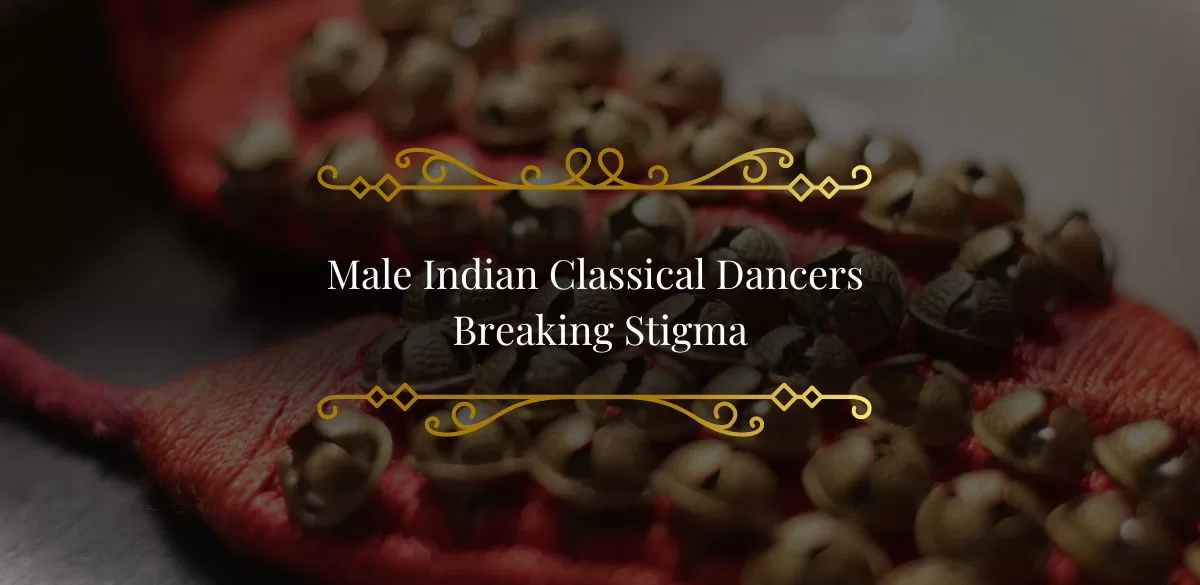The classical dance sort of Kathak is an ancient art kind, dating back to the 4th century BC. It reclines on the timelessness of its poise, gratuity to storytelling, self-control and the marvel of tunes. If Indian lifestyle and its heritage resembles a sophisticated and intricate tapestry, most likely Kathak, in it, is the dominant streak of the scarlet thread which operates about with its blooming aura – that is how considerable Kathak has been, each to the folks and the country’s civilisation. Dr. Rajkumar Ketkar ji, the 75-calendar year-previous Kathak dancer and trainer, has specified 60 yrs of his lifetime to Kathak. In an exceptional interview with Dr. Ketkar Ji, we sat and listened to his musings on this immersive art form, which has prolonged alone potentially from its historic origin to the dynamic modern day period of time.
Table of Contents
The Guru-Shishya Parampara: The Beginnings of Dr. Rajkumar Ketkar Ji
Dr. Rajkumar Ketkar Ji, born in the yr 1948, shared how at the age of fifteen, he stood mesmerised at Pandit Gopi Krishna Maharaj Ji’s Kathak efficiency at Bedekar Mahavidyalaya. The functionality so profusely moved him that he could not aid but slide for it. This was the extremely commencing of Kathak in his everyday living, which would be accompanied by various other artwork sorts of new music and dance in his later on a long time. Pandit Natraj Gopi Krishna Ji is a renowned Kathak Dancer. He has choreographed quite a few dances for the Hindi cinemas and carried out not just in India but across the environment. Dr. Ketkar ji is at the moment one particular of his senior most ganda bandhit disciple. As his initial and only inspiration, Gopi Krishna’s rangmanch (phase) ignited an eternal spark in just him, producing him agency in his final decision of seeking to learn and conduct in the exact same way as him.
As a teenage boy, he took the to start with step in the direction of Kathak by the dance teacher at his college. He proposed that he accomplish a regular Kathak set on the phase to gauge his potential to embrace the dance and inspire the viewers. Performing a Saraswati Vandana, Ketkar ji shared that on the phase, he attempted to carry out the similar way he remembered from Gopi Krishna Ji’s general performance. The dance came by natural means to Ketkar ji, and the viewers echoed loud applauses at his overall performance.
Following his initially stage performance, he sought Pandit Gopi Krishna Maharaj Ji to request him to be his instructor. He visited his household, whereupon, later, he also acquired launched to various other gurus, excelling in other art varieties. Dr. Rajkumar Ji had the chance to meet up with Pandit Lachhu Maharaj Ji, Kathak dancer of the Lucknow Gharana, who offered him to learn thumri. He mentions how in before situations, a person had to go to unique gurus to discover various art forms, in contrast to currently, when usually a one expert is adept in various art forms. A few several years later, on the assistance of his pal, Ketkar ji experienced below Pandit Mohanrao Kallianpurkar Ji of the Jaipur Gharana, who was a instructor at National Centre for carrying out Arts. This way, he was fortunate adequate to understand from 3 gurus, excelling in all the three gharanas of Kathak. The dialogue with Dr. Ketkar Ji will become all the much more significant considering that he narrates from a time period from which not numerous artists are living amongst us now.
Amidst the conversations around his a number of Gurus, he emphasises on the Guru-Shishya Parampara, a bond, and a connection therefore created which is based mostly on devotion, enlightenment, self-discipline and respect. The know-how and talent imparted by the gurus is indispensable and it is of main worth. One of the core essence of Expert-Shishya Parampara is Ganda Bandhan.

The Three Gharanas of Kathak: Inspirations and Aspirations
Dr. Rajkumar Ketkar ji, at the quite commencing of the discussion, mentions the ancient divination of classical dances. Derived from the 4 vedas: Rig Veda, Sama Veda, Yajur Veda and Atharva Veda, classical dances like the Kathak are the oldest sorts of artwork in India. Its components of rasa (emotions), Laya (rhythm), Abhinaya (performing), and body actions have been thoroughly thorough in the Natyashastra, which all over again establishes the divinity of classical dances, and how it is established on traditional ancient scriptures which have been adopted for generations.
When chatting about his inspiration, Ketkar ji dwelled on the learnings from Gopi Krishna Maharaj. Natraj Gopi Krishna Ji was an exponent of the Benares Gharana. Below his tutelage, Dr. Rajkumar ji learnt the Benares Gharana design of Kathak, together with gathering tales and histories of the dance type. Forwarding the history, Ketkar ji tackled the difficulties and improvements that Kathak confronted because the numerous ages.
Lucknow, as we might not know, was beforehand regarded as Lakshmanpur or Lakhanpur, in which Kathak was normally known as “Lakshmanpur ka Nritya.” Initially, Kathak, in Lakshmanpur, had its roots in the temples of northern India, as a result, staying predominantly a devotional dance variety. With the arrival of the Mughals, Kathak was reworked into a dance for leisure, incorporating components of the Persian and Islamic cultures like ghazals. The Mandir Parampara was changed. Daasis/Courtesans performed Thumri and not the shastriya nritya.
There was also a shift from Kathak becoming now executed as a team dance alternatively than solo. Dr. Rajkumar Ketkar Ji primarily emphasises on this intervention in Kathak. He says that just one doesn’t simply just have to understand the dance ways. The studying and knowledge of the diverse granthas of the Natyashastra is equally essential. This signifies that other elements like songs, the rhythmic vocals, the tabla, together with the presentation, the clothes, are similarly essential.

So when talking about the Mughal interventions in Kathak, the topic of the western affect on Kathak emerged. With social media and the world wide web, distinct cultures have turn out to be a lot more seen than right before. The fusion and affect of diverse dances is bound to collaborate and collide with each and every other. Dr. Rajkumar Ketkar ji’s thoughts on this ended up simple and direct. He acknowledges that new technological innovation like projectors, smoke devices, lights and appears, etc. are major innovations and contributions of the west in improving the dance output. He also usually takes his time to recognize Madame Menaka’s contribution in promoting the Indian classical dance across Europe in the 1930s. Menaka’s troupe executed some 175 reveals, which positioned India’s cultural heritage in the centre.
Having said that, we need to not bear the influences of Western dance on the Indian classical dances. As mentioned just before, the parampara, the traditions of the classical dances, distinguish them as pristine, sleek, and reliable. Western affect on Kathak will minimize the dance sort to mere leisure. He mentions how there is a stark variance amongst the outfits of Western and Indian dances, and even though we may not consider it vital, the apparel and the get up are integral to the dance effectiveness. Contrary to western dances, classical dances are a holistic production, in which new music, devices like the tabla and the pakhawaj, all are tied together in one particular, and just can’t functionality with the absence of the other.
Discovering all the a few types of Kathak, Dr. Rajkumar Ketkar ji says that what pushes his enthusiasm for the dance type is the desire to include new things without tampering the regular quintessential of the dance kind. Some of these ‘new’ performances have been when he performed a ballet in Marathi of the enjoy, Dushyant Shakuntalam, in which he danced in the position of Dushyant. Other performances have been the ‘Asht Nayika’ directed by Lachhu Maharaj Ji, or ‘Radhe Piya Pyaari’ in which Ketkar ji played Krishna together with Guru Padma didi Sharma, who performed Radha.

Present and the Past: Bringing Kathak To The Audience
In excess of the several years, Ketkar ji realized other dance types as effectively. Each individual 12 months, specially on the occasion of 15th August, he teaches and choreographs numerous dance performances. A ton of these are folk dances and Bollywood dance models. Having said that, in these choreographies, Ketkar ji incorporates Kathak. The devotional dance performances, like Shiva Vandana or Saraswati Vandana are then brought to the forefront. With this kind of imaginative inputs and diversity of dance kinds released on levels, he of system, been given humble and beneficial appraisals from the audience and occasion holders alike, which motivates him to proceed this feat. This way he brings together the historical and the up to date, and keeps the classics alive.
Previously the significant emphasis was generally on the realistic aspect of dance and he confronted quite a few difficulties to find out theories though pursuing his graduation from Akhila Bhartiya Gandharva Mahavidyalaya Mandal. Which is when he was released by a good friend to Dr Shweni Pandya Ji and Pt. Tirathram Azad Ji who assisted him to excel in his theoretical know-how in Kathak. Even further, to spread consciousness of theoretical understanding of Kathak he promoted publications published by many acknowledged dance gurus to his disciples. By way of this he was able to share his voice on Kathak dance – as it is not just simple art type but also entails equivalent weightage on Shastra Paksha i.e concept.
Dr. Rajkumar Ketkar Ji’s Message to the Aspiring Artists
Dr. Rajkumar Ji recollects how in his childhood he usually had a penchant for dance. This may well have also arrive from his mother, who used to from time to time sing. His pals and relations applied to mock him for wanting to understand dance. This mockery, of program, instructed that ‘dance’ wasn’t essentially viewed as a worthy job and its inherent art wasn’t appreciated for. Nonetheless, decades later, the identical good friends stood astounded in entrance of him, deeply awed at his stature now. With a doctorate in Kathak from Akhil Bharatiya Gandharva Mahavidyalaya Mandal, his identified types could only bow down at the level of the ‘Shastra Paksh’ he has given that learnt and adopted.
Dr. Ketkar ji himself wasn’t necessarily shown help for pursuing dance and so he understands how tricky it is to endure in a culture that would power you to select useful profession paths than the unconventional kinds. When asked what would be some recommendations of assistance he’d like to give to the aspiring artists, he initially described that one’s technique toward one’s art ought to be honest. A person should understand ‘art’ in its genuine kind. For him, Kathak has not been basically about enjoyment. The historical past and contacting of Kathak testifies it to be better than just a display-and-accomplish. He specially asks the aspiring classical dancers to engage in ‘upaasna.’ Understand the art, and art will fully grasp you.
Secondly, if you certainly want to go after your artwork, then there is no second option. He thinks that if you display enthusiasm and honesty for your art sort, then you will definitely encourage your mothers and fathers for their help. And finally, he also appeals to the younger era to get up the classical arts of India, to review the shastras, the Sanskrit language, and retain the conventional art types alive.
https://www.youtube.com/check out?v=4O7LJr3b1mU
